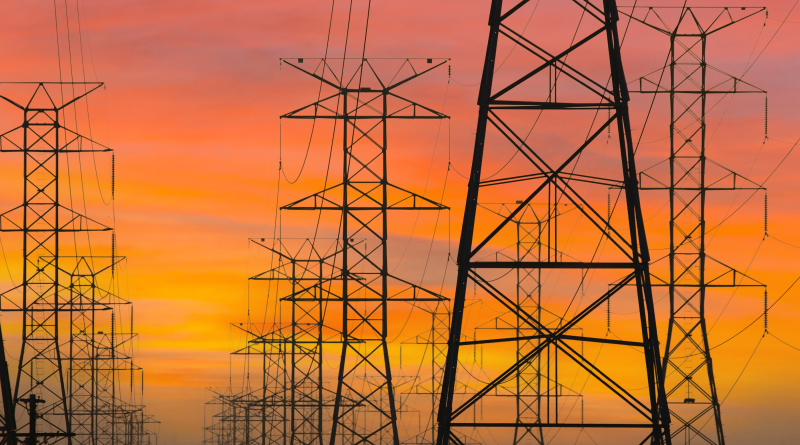EnergyHub Secures CEC Grant to Revolutionize California’s Power Grid
EnergyHub, a leading provider of distributed energy resources management systems (DERMS), has received a significant grant from the California Energy Commission (CEC) to expand its virtual power plant (VPP) capabilities. This initiative aims to enhance California’s renewable energy infrastructure and bolster grid reliability through innovative technology. The grant signifies a major step towards achieving California’s ambitious renewable energy goals, reinforcing the state’s position at the forefront of energy innovation.
EnergyHub’s Project Details
The CEC’s grant will support EnergyHub in developing and deploying an advanced VPP in California. Virtual power plants are networks of decentralized, medium-scale power generating units such as wind farms, solar parks, and combined heat and power (CHP) units, as well as flexible power consumers and batteries. This project is designed to integrate these diverse energy resources, managing them as a unified and reliable power source.
EnergyHub plans to leverage this funding to enhance its DERMS platform, which will coordinate the operation of distributed energy resources (DERs) to maximize their collective efficiency and reliability. The project will involve extensive collaboration with utilities, technology providers, and other stakeholders to ensure seamless integration and optimal performance.
The CEC’s grant is a critical enabler for EnergyHub’s efforts to build a robust virtual power plant in California. This project will not only support the state’s clean energy transition but also serve as a model for VPP implementation nationwide.
The Role of Virtual Power Plants
Virtual power plants represent a paradigm shift in how energy systems are managed. Unlike traditional power plants, VPPs aggregate the capacities of heterogeneous DERs to create a single, optimized power production entity. This approach offers several key benefits:
- Enhanced Grid Stability: VPPs can quickly respond to fluctuations in energy demand, thereby stabilizing the grid.
- Increased Renewable Energy Utilization: By efficiently integrating solar, wind, and other renewable sources, VPPs help maximize the use of clean energy.
- Cost Efficiency: VPPs reduce the need for expensive grid infrastructure upgrades by making better use of existing resources.
- Scalability: The decentralized nature of VPPs allows for scalable growth, accommodating the increasing adoption of renewable energy technologies.
Globally, VPPs have been successfully implemented in regions like Europe and Australia, where they have demonstrated significant improvements in grid resilience and renewable energy integration. EnergyHub’s project in California is poised to build on these successes, tailoring the VPP model to meet the specific needs of the state’s energy landscape.
California’s Renewable Energy Goals
California has long been a leader in renewable energy, with ambitious targets to achieve 100% clean electricity by 2045. The state has implemented various policies and initiatives to promote the adoption of renewable energy technologies, reduce greenhouse gas emissions, and enhance grid reliability. The CEC plays a pivotal role in these efforts, providing funding and support for innovative projects like EnergyHub’s VPP.
EnergyHub’s project aligns perfectly with California’s clean energy vision. By enabling greater integration of distributed energy resources, the VPP will help reduce reliance on fossil fuels, lower carbon emissions, and improve the overall resilience of the power grid. This initiative also supports the state’s commitment to advancing energy equity, ensuring that the benefits of clean energy are accessible to all communities.
The partnership with EnergyHub represents a significant milestone in California’s journey towards a sustainable energy future. Virtual power plants are a key component of the strategy to modernize the grid and achieve renewable energy targets.
The CEC’s grant to EnergyHub marks a significant advancement in the development of virtual power plants in California. By integrating diverse distributed energy resources into a cohesive and efficient system, this project will enhance grid stability, increase renewable energy utilization, and support California’s ambitious clean energy goals. As EnergyHub pioneers this innovative approach, the state is set to become a model for VPP implementation, showcasing the transformative potential of these systems in achieving a sustainable energy future.
Sources:
